Why do we paint pruning cuts on oaks but not on other trees?
Thanks to Susie Epstein for this great question!
The quick answer: don’t paint pruning cuts on trees, unless they are live oaks or red oaks that are susceptible to oak wilt.
A few years ago, arborists changed the recommendations on painting pruning cuts, after scientific research indicated that this practice actually inhibited the healing process.
But then, along came the discovery and rapid escalation of the disease that causes oak wilt, and new scientific research indicating that painting pruning cuts on oaks helps to inhibit the spread of this disease.
Even though painting the cut DOES inhibit the healing process, it’s considered lesser of two evils when it comes to oak wilt. The fragrance of freshly cut wood is very attractive to the Nitulid beetle, which is the vector of the oak wilt fungus.
So: Paint fresh pruning cuts on oak trees as soon as the branch falls to the ground. And the painting needs to happen within 10 minutes of pruning, so don’t wait until you’ve finished pruning the entire tree.
Avoid pruning between February 1st and June 30th during the time when the Nitulid beetles are active.
Once an area of oak trees becomes infected, the transmission of the disease is primarily through root grafts that naturally develop between trees growing close together.
But to keep your neighborhood from becoming an infection center, you should definitely follow the recommendations for pruning only between July and January here in Central Texas.
Now, what should you use to paint the pruning cut? Anything that seals the surface of the cut from exuding volatile, fragrant compounds until it dies back a bit will work. Personally, I prefer a clear lacquer or spray adhesive. Spray paint is easier to use than a paint brush, and any type or color will work. But if you use colored paint, the area will remain that color, and I just find that unsightly.
Susie also wants to know: what is the best disinfectant to use on pruning tools? The general recommendation is to use a solution of 10% bleach but this practice will quickly corrode your metal tools. Newer Extension recommendations are to spray your tools with Lysol, Pinesol, or other household disinfectant, which cause no damage to tools.

 Paige Hill
Paige Hill Larry Womack
Larry Womack Daphne Richards
Daphne Richards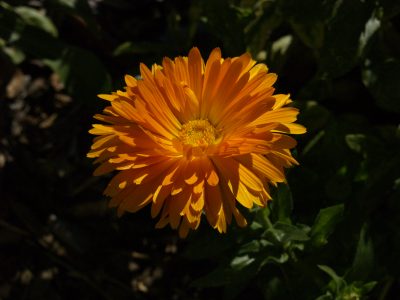
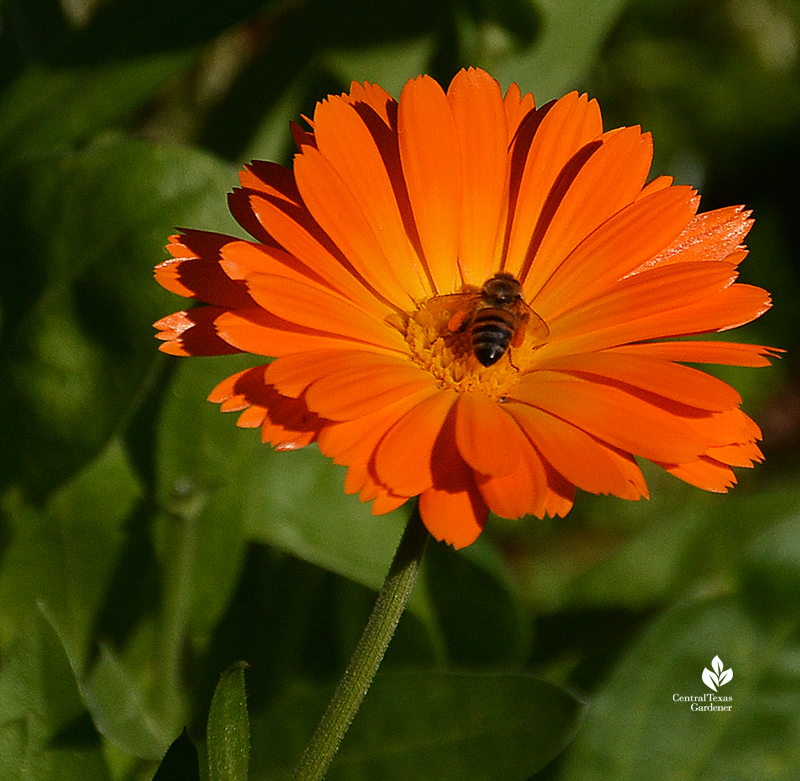 Plant calendula in full sun in well-drained soil, and don't overwater. It easily spreads from seed, so be sure to deadhead if you want to contain it to one spot. Those dried seed heads can be saved until next winter, when you can easily sow them in the garden.
Plant calendula in full sun in well-drained soil, and don't overwater. It easily spreads from seed, so be sure to deadhead if you want to contain it to one spot. Those dried seed heads can be saved until next winter, when you can easily sow them in the garden.
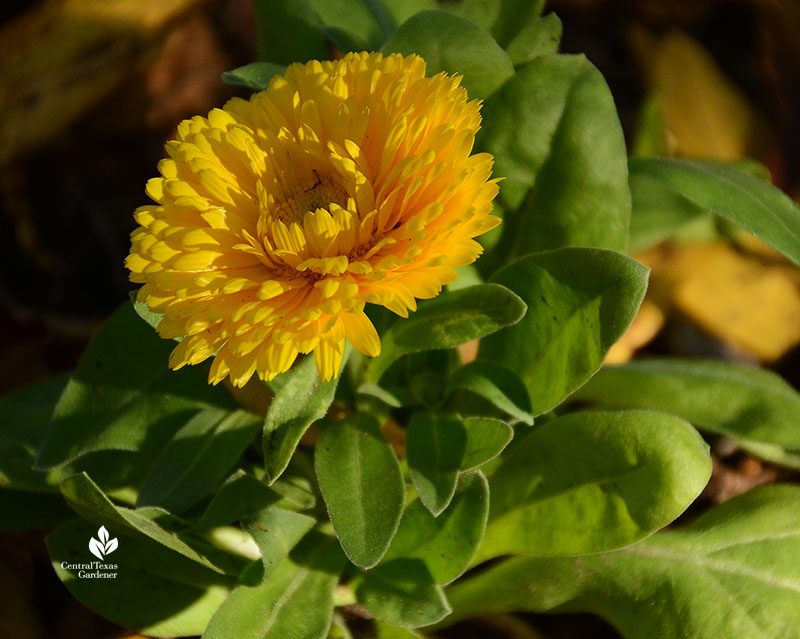 A small plant, getting only about 18 inches tall and less than a foot wide, calendula makes a lovely addition to beds along borders and walkways, where its cheery disposition may be best enjoyed.
Harvest the petals to add to salads, make soothing teas, and dry for potpourri.
A small plant, getting only about 18 inches tall and less than a foot wide, calendula makes a lovely addition to beds along borders and walkways, where its cheery disposition may be best enjoyed.
Harvest the petals to add to salads, make soothing teas, and dry for potpourri.
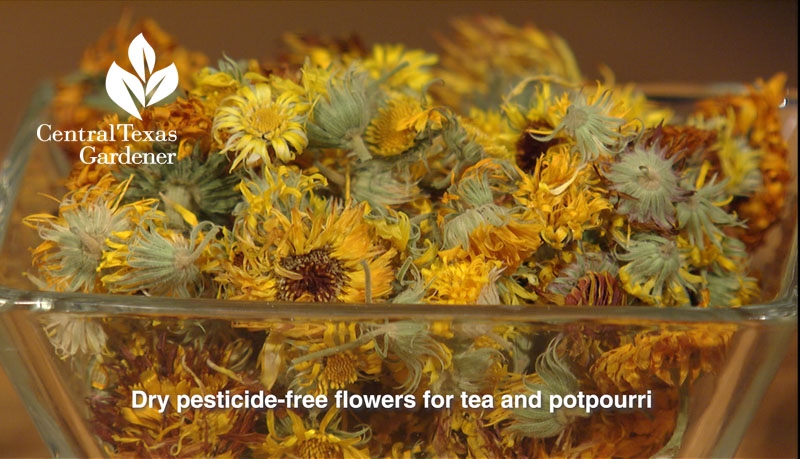
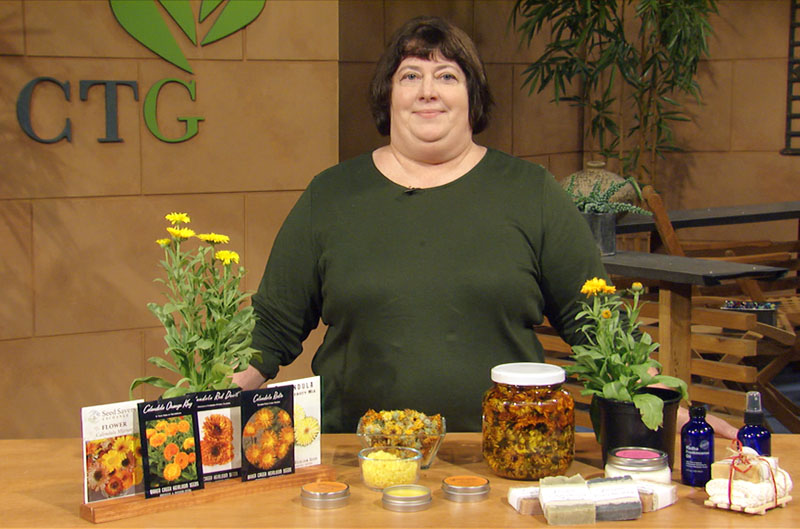
 Merrideth Jiles
Merrideth Jiles